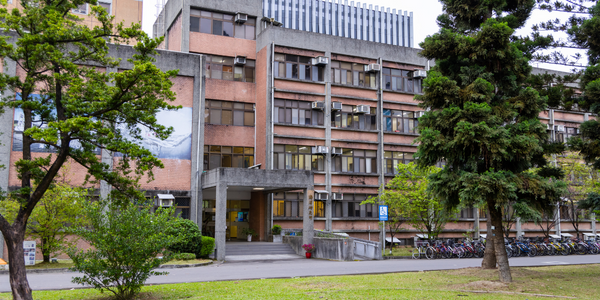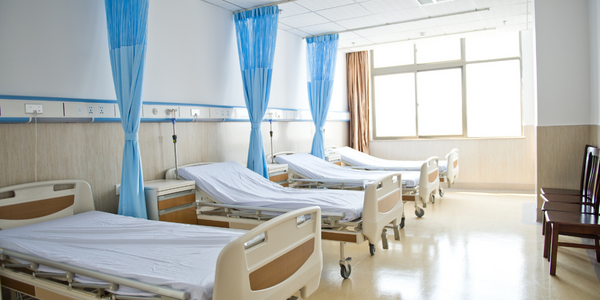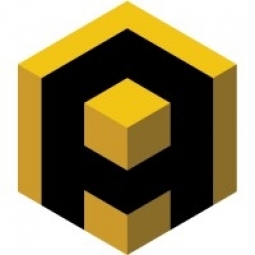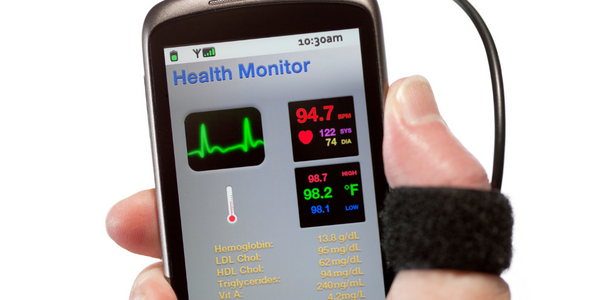技术
- 功能应用 - 计算机化维护管理系统 (CMMS)
- 功能应用 - 企业资产管理系统 (EAM)
适用行业
- 建筑物
- 医疗保健和医院
适用功能
- 设施管理
- 维护
用例
- 资产健康管理 (AHM)
- 资产生命周期管理
服务
- 系统集成
关于客户
Blessing Health 是一个综合医疗系统,包括两家医院、一个医师团体、一所经过认证的护理和健康科学学院、一个医学专业企业网络和一个慈善基金会。它在伊利诺伊州、爱荷华州和密苏里州的 14 个设施中设有 161 个地点,是 100 英里半径内最大、最先进的医疗中心。该组织的设施团队每天负责管理大型、复杂的环境,确保所有系统的平稳运行并维护患者和员工的安全。 Blessing Health 自 2018 年以来一直是 AkitaBox 的客户。
挑战
Blessing Health 是一家大型区域医疗提供商,在多座大楼内拥有 160 多个地点,该公司一直在努力应对管理资产关系的复杂性。设施团队每天必须在大型、复杂的环境中穿行,跟踪每个位置的暖通空调、电气、管道和其他系统的互连方式。这对于快速响应维护需求、防止对连接资产造成意外影响、确保患者和员工安全以及保持所有设施全面运行至关重要。该组织的投资组合包括几座旧建筑,这增加了复杂性。团队必须依靠冗长的描述来解释资产关系和位置,这既不高效也不有效。在一场严寒天气导致四个喷头在短短三周内断裂后,立即获取房间资产关系信息变得至关重要。将绘图工具与现有设施管理软件集成的尝试被证明是不成功的,因为这两个系统无法完全集成,导致双重工作并且不愿意使用这些工具。
解决方案
Blessing Health 转向 AkitaBox,这是一种用于设施管理的一体化解决方案,可无缝整合绘图和资产关系。 AkitaBox 旨在收集、组织和呈现设施数据,可以以有意义、易于理解的方式显示复杂的资产关系。每项资产都被映射或以数字方式“固定”到设施的数字平面图上。单击资产图钉将显示特定资产影响或受其影响的所有其他资产和房间的列表。 Blessing Health 与一家机械工程公司合作,在 AkitaBox 中规划了他们的建筑系统和资产关系。现在,每个楼层都有针对每个主要建筑系统的单独地图,显示所有管道、阀门、生命安全和其他资产的位置。每项资产还与其影响的任何其他资产或房间相关联。借助 AkitaBox 的批量编辑功能,地图可以随着设施的变化而轻松更新。
运营影响
数量效益

Case Study missing?
Start adding your own!
Register with your work email and create a new case study profile for your business.
相关案例.

Case Study
Energy Saving & Power Monitoring System
Recently a university in Taiwan was experiencing dramatic power usage increases due to its growing number of campus buildings and students. Aiming to analyze their power consumption and increase their power efficiency across 52 buildings, the university wanted to build a power management system utilizing web-based hardware and software. With these goals in mind, they contacted Advantech to help them develop their system and provide them with the means to save energy in the years to come.

Case Study
Hospital Inventory Management
The hospital supply chain team is responsible for ensuring that the right medical supplies are readily available to clinicians when and where needed, and to do so in the most efficient manner possible. However, many of the systems and processes in use at the cancer center for supply chain management were not best suited to support these goals. Barcoding technology, a commonly used method for inventory management of medical supplies, is labor intensive, time consuming, does not provide real-time visibility into inventory levels and can be prone to error. Consequently, the lack of accurate and real-time visibility into inventory levels across multiple supply rooms in multiple hospital facilities creates additional inefficiency in the system causing over-ordering, hoarding, and wasted supplies. Other sources of waste and cost were also identified as candidates for improvement. Existing systems and processes did not provide adequate security for high-cost inventory within the hospital, which was another driver of cost. A lack of visibility into expiration dates for supplies resulted in supplies being wasted due to past expiry dates. Storage of supplies was also a key consideration given the location of the cancer center’s facilities in a dense urban setting, where space is always at a premium. In order to address the challenges outlined above, the hospital sought a solution that would provide real-time inventory information with high levels of accuracy, reduce the level of manual effort required and enable data driven decision making to ensure that the right supplies were readily available to clinicians in the right location at the right time.

Case Study
Intelligent Building Automation System and Energy Saving Solution
One of the most difficult problems facing the world is conserving energy in buildings. However, it is not easy to have a cost-effective solution to reduce energy usage in a building. One solution for saving energy is to implement an intelligent building automation system (BAS) which can be controlled according to its schedule. In Indonesia a large university with a five floor building and 22 classrooms wanted to save the amount of energy being used.

Case Study
Powering Smart Home Automation solutions with IoT for Energy conservation
Many industry leaders that offer Smart Energy Management products & solutions face challenges including:How to build a scalable platform that can automatically scale-up to on-board ‘n’ number of Smart home devicesData security, solution availability, and reliability are the other critical factors to deal withHow to create a robust common IoT platform that handles any kind of smart devicesHow to enable data management capabilities that would help in intelligent decision-making

Case Study
Gas Pipeline Monitoring System for Hospitals
This system integrator focuses on providing centralized gas pipeline monitoring systems for hospitals. The service they provide makes it possible for hospitals to reduce both maintenance and labor costs. Since hospitals may not have an existing network suitable for this type of system, GPRS communication provides an easy and ready-to-use solution for remote, distributed monitoring systems System Requirements - GPRS communication - Seamless connection with SCADA software - Simple, front-end control capability - Expandable I/O channels - Combine AI, DI, and DO channels








